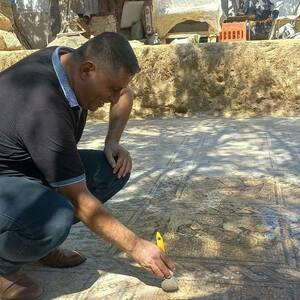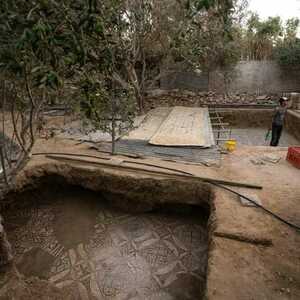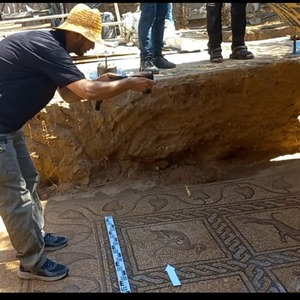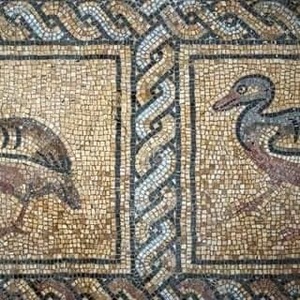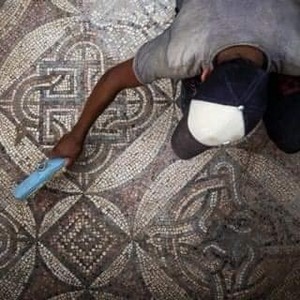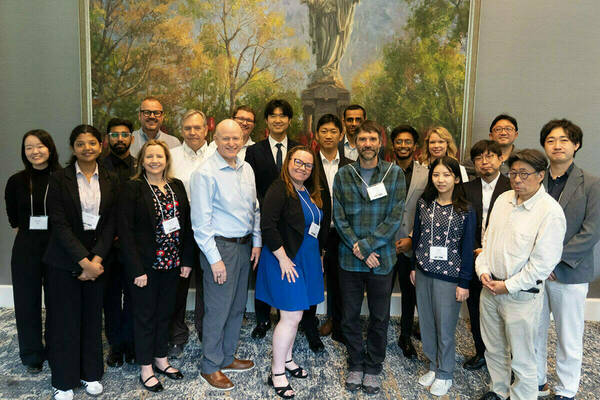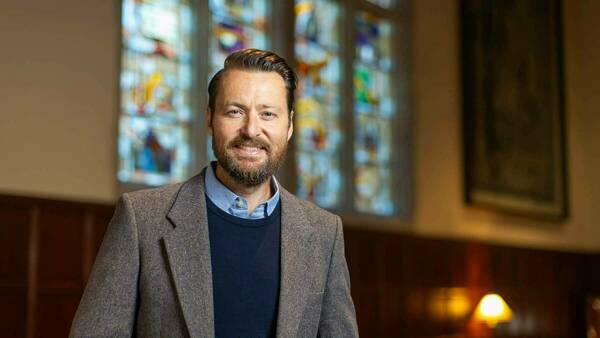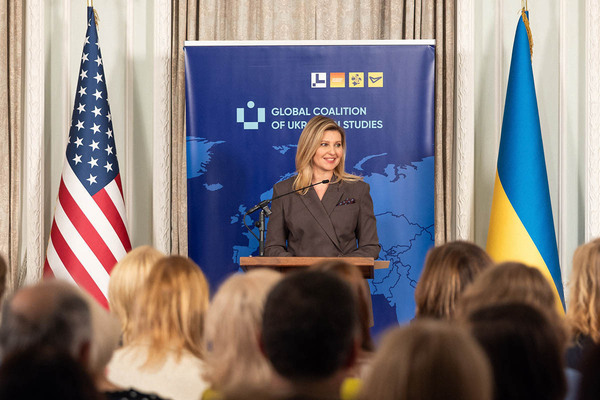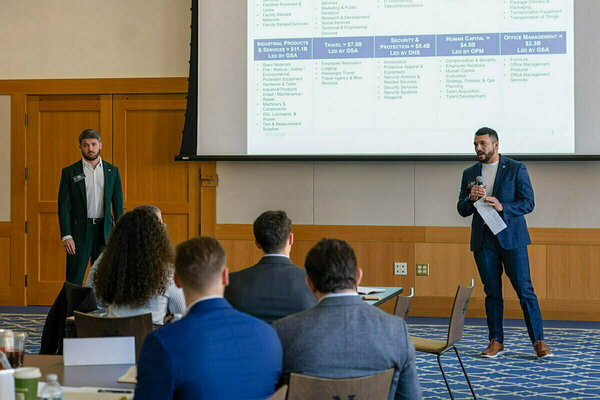'Sepectacular' discovery of vast 5th-7th century mosaics in Gaza
The mosaics could have adorned the floor of a church or a private villa, according to René Elter, an archeologist from the French Biblical and Archaeological School of Jerusalem who has worked in Gaza.
Mosaics dating from the 5th to 7th centuries were unearthed by farmers in Gaza refugee camp in an orchard in the central Gaza Strip. They were discovered by Palestinian farmer Salman al-Nabahin and his son as they were planting an olive tree on their land last spring.
Although parts of the mosaic had been damaged by the roots of old olive trees, these brightly colored mosaics featuring 17 iconographies of beasts and birds are “in perfect state of conservation”, declared Elter, adding that it is "the most beautiful mosaic floor" found in Palestine.
"This is a first: on the one hand, this mosaic is very beautiful for the finesse of the work and on the other hand, it is exceptional because it is in a state of conservation that we do not have elsewhere in Gaza. added Elter, whose team examined the discovery.
"It is a work of excellent quality, they used materials that were certainly relatively expensive," said the French archeologist, noting the "shimmering colors" of the work, which he estimates dates from the 5th to the 7th century.
But Elter expressed concern that the discovery is in “immediate danger” because its closeness to the Israeli fence. "It is imperative to quickly organize an emergency rescue intervention," he says.
In January, construction workers discovered the remains of a 2,000-year-old Roman necropolis in Jabalia, in the north of the Palestinian enclave with a population of 2.3 million.
Originally published by at tantur.org on September 20, 2022.
Latest Research
- Fighting for maternal healthThe United States has the highest maternal mortality rate of developed nations. An innovative postpartum care model from Notre Dame can save mothers around the globe. Read the story Originally…
- NSF Cyber SMART’s fall meeting shapes fifth year of project, legacy and future plans, and adds new memberThe U.S. National Science Foundation (NSF) Cyber SMART center gathered for its fall meeting on the University of Notre Dame campus this September. The meeting served as a checkpoint with progress reports and new projects from research leads and students…
- Slavic and Eurasian studies professor wins Humboldt fellowship to research how Russia’s religious past shapes its presentWhen Russia invaded Ukraine on Feb. 24, 2022, Sean Griffin realized his second book needed a new title. Griffin, an associate professor in the University of Notre Dame’s Department of…
- Notre Dame’s R.I.S.E. AI Conference builds interdisciplinary collaboration to inform human-centered artificial intelligenceAs artificial intelligence (AI) transforms nearly every sector of society — from healthcare and education to governance and global development — a critical question emerges: How can we conscientiously design and deploy these powerful technologies to positively impact society? This…
- University of Notre Dame joins the Global Coalition of Ukrainian StudiesThe University of Notre Dame has joined the Global Coalition of Ukrainian Studies after signing a Memorandum of Cooperation (MOC), formalized on September 24, 2025, at the Ukrainian Institute of America in New York City. Notre Dame joined four other American…
- The University of Notre Dame’s Mendoza College of Business and Industry Labs team up to inspire national security manufacturing competitiveness in the regionThe South Bend - Elkhart Region is full of manufacturing companies that are poised to grow, and Executive Master of Business Administration (EMBA) and Master of Business Administration (MBA) students at the University of Notre Dame are finding innovative ways to contribute to that growth. Earlier…








